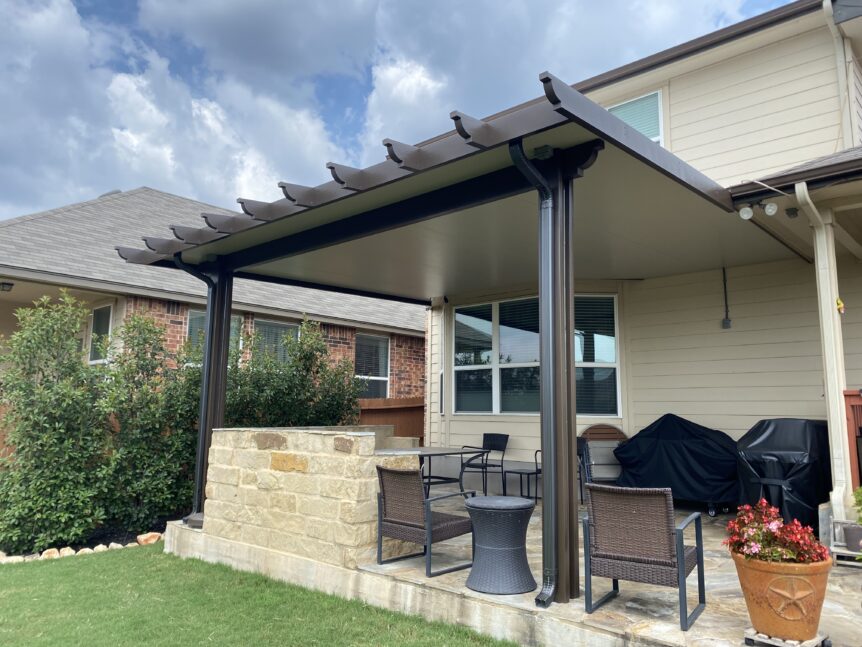As an authority in the field of building patio screen enclosures in Austin, San Antonio and Houston, I recognize that turning your outdoor space into a cozy haven involves more than just design and construction. When considering a new project, understanding local permits, building codes, and HOA restrictions is crucial. Let’s delve into the legal aspects that every Austinite and San Antonian should be aware of when hiring Texas Patio Covers for their project.
1. The Patchwork of Local Rules
1.1 Varying Policies
Local regulations regarding screen patio enclosures in Austin or pool cages in San Antonio can be as diverse as the Texas landscape itself. What holds true in one neighborhood may not apply just a few streets away. Why the disparity? Over decades, towns and cities have added, amended, or removed rules without a unified state or federal framework. Consequently, permit requirements for structures like sheds, decks, fences, and, yes, screen projects can vary significantly.
1.2 Height Matters
Structure height of a screened in patio in Austin or San Antonio often determines whether a permit is necessary. For instance, a town might waive permits for fences shorter than 6 feet. However, the absence of rules for one type of structure doesn’t guarantee leniency for another. It’s essential to research your specific project’s requirements.
2. Permits
2.1 Decks vs. Patios
Unlike decks, which typically require permits, patios often fall into a different category. Most detached patios—especially those without walls—don’t trigger permit obligations. However, when you plan to attach to an existing patio or porch, the situation changes. Screened porches, especially those considered “three-season” spaces with screen, usually need permits.
2.2 The Easy Process
The good news? Most municipalities streamline the permitting process. Here’s how you can navigate it:
- Research: Start by visiting your town or city’s municipal website. Look for a list of local zoning ordinances and building codes related to they type of job you plan to build.
- Consult Professionals: Reach out to experts like Texas Patio Covers. We understand the local landscape and can guide you through the permit requirements.
- Application: Obtain the necessary forms from your local building department. Fill them out accurately, detailing your project’s specifics.
- Inspections: Once approved, inspections ensure compliance with safety standards. These inspections protect you, your neighbors, and your investment.
3. The Bottom Line
In most cases, you’ll need a permit for your new covered patio in San Antonio, wood deck in Austin, or just about anything else you plan to attach to your home. While the process won’t necessarily delay your project, addressing permits upfront ensures a smooth journey. Here’s why:
- Legal Compliance: Building codes exist to safeguard homeowners and their communities. Complying with these codes ensures your patio cover meets safety standards.
- Property Value: A permitted patio adds value to your property. Prospective buyers appreciate the assurance of legal compliance.
Remember, while federal and state permits don’t dictate your project, local rules do. Trust in the expertise of professionals like Texas Patio Covers, and let your screened patio, steel carport or pergola become a testament to both comfort and legality.
As an authority in patio covers, I’ve distilled my knowledge into this comprehensive guide. If you’re ready to enhance your outdoor space and avoid mistakes, reach out to Texas Patio Covers for personalized advice and impeccable craftsmanship. Let’s create a screened oasis that adheres to both your vision and the law!
Have questions about your project, give us a call. We also build patio covers in Austin, San Antonio & Houston as well as Corpus Christi.

